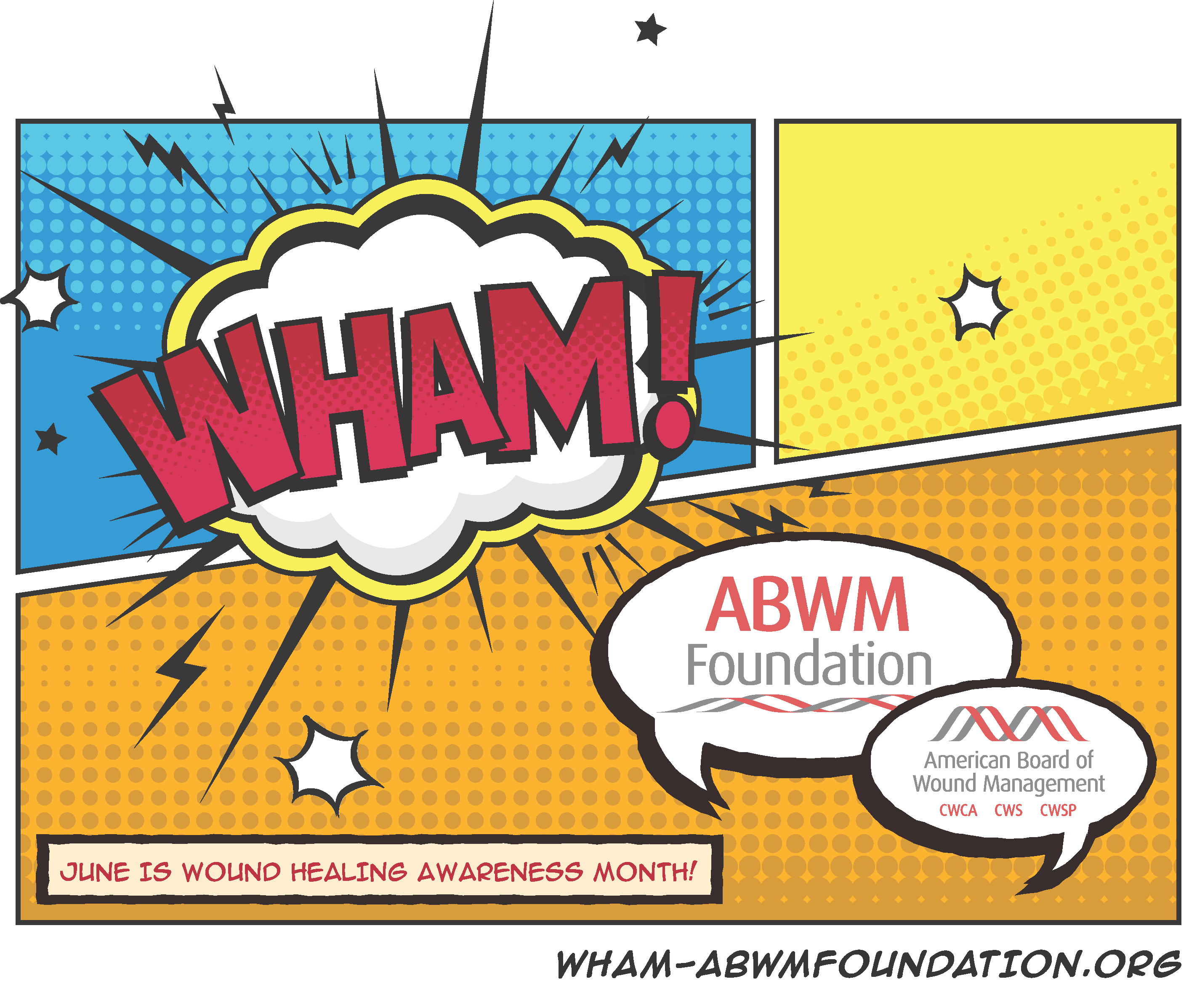FAQs About Wound Healing
How long time does it take for a wound to heal?
The typical healing duration for wounds ranges from 4 to 6 weeks. However, wounds that do not heal within this timeframe are classified as chronic wounds. When wounds have an extended healing period, they require specialized care.
Why does it take so long for my wound to heal?
Several factors can contribute to hindered healing, with the main factors being hypoxia, bacterial colonization, ischemia, reperfusion injury, abnormal cellular response, and defects in collagen synthesis. Chronic wounds can arise from various causes such as trauma, burns, skin cancers, infections, or underlying medical conditions like diabetes.
What are the stages of wound healing?
The process of wound healing is traditionally categorized into four distinct stages: (A) hemostasis, (B) inflammation, (C) proliferation, and (D) remodeling. These stages are distinguished by specific molecular and cellular events, and are regulated by various signaling molecules that are produced and released by the cells involved in the wound healing response.
Interesting Facts About Wound Healing
Chronic wounds affect millions of people worldwide: Approximately 6.7 million people in the United States alone suffer from chronic wounds. These wounds are defined as wounds that fail to heal within an expected timeframe or show signs of delayed healing.
Underlying conditions can impede wound healing: Chronic wounds are often complicated by underlying health conditions such as diabetes, venous or arterial problems, unrelieved pressure, radiation tissue damage, and infection. These factors contribute to the complexity and delayed healing of wounds.
The financial burden of chronic wounds is significant: Chronic wounds pose a substantial economic burden. In the United States, it is estimated that chronic wounds cost the healthcare system billions of dollars annually in treatment expenses, hospital stays, and lost productivity.
Wound healing is a complex process: Wound healing involves a series of coordinated events, including inflammation, cell proliferation, tissue remodeling, and wound closure. Each phase plays a crucial role in the overall healing process.
References
